6. Last Stand at Saber River (1997)
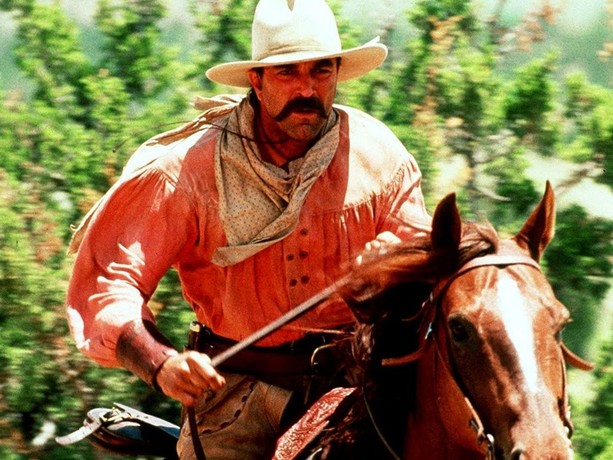
Another TV production that outclasses many theatrical releases of the time, this one stars Tom Selleck in a quietly powerful turn as a Confederate veteran returning home to reclaim his land. The land, however, has been claimed by Union sympathisers, setting the stage for a slow-burning civil war in microcosm.
What makes Last Stand at Saber River effective is its complexity, It doesn’t pick easy heroes or villains; nothing is as black and white as you might expect from a genre piece.
Last Stand instead opts for a tale of divided loyalties and bruised honour. The performances—particularly from Selleck and Suzy Amis—are steeped in tension and nuance.
Every character feels shaped by the war they’ve just survived, even if that shaping looks more like scar tissue than transformation. Director Dick Lowry brings a steady, classical touch to proceedings, never flashy but contemplative of moral weight, and it makes for engrossing viewing.
Despite the fact it was made for television, it would have worked equally as well on the big screen, and it’s a shame we never got to see it on the medium. It’s proof that the Western didn’t need reinvention to remain relevant, it just needed the right hands.
7. Bad Girls (1994)
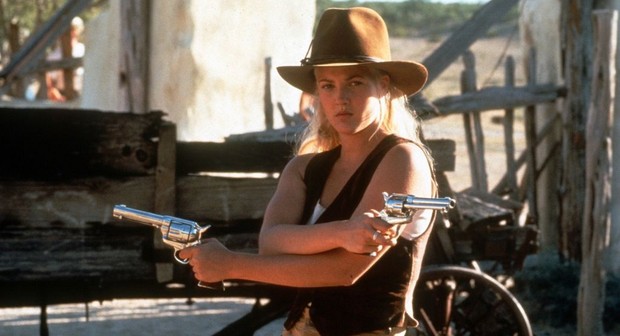
Dismissed at the time for being too glossy, Bad Girls deserves a second look. Drew Barrymore, Andie MacDowell, Mary Stuart Masterson, and Madeleine Stowe play four former prostitutes who take up arms to carve a life outside patriarchal control, it sounds a bit like a version of Women Talking (2022) but with weaponry to add to the words.
It’s not revisionist in the same way as The Ballad of Little Jo—it plays more like a popcorn feminist Western—but it certainly doesn’t lack merit. There’s charm in its energy, and the cast is clearly having a blast.
It also effectively flips some familiar tropes, train robberies, shootouts, horseback chases, by placing women at the centre of the action not as victims or sidekicks, but as flawed and fiery leads with purpose.
Director Jonathan Kaplan (who was also behind the camera for feminist justice tale The Accused [1988]) delivers action with panache, and while the dialogue can creak, the spirit of the film is defiant. It’s also easy to see why it was mocked in its day, especially by critics that didn’t like stylish or studio-polished Westerns; but in hindsight, it’s a scrappy stylish attempt at something bolder, far closer to cult classic than the disaster it was labelled.
A stylish, slightly pulpy ride that was probably ahead of its time in some respects.
8. Dust aka Gunfighter (1997)
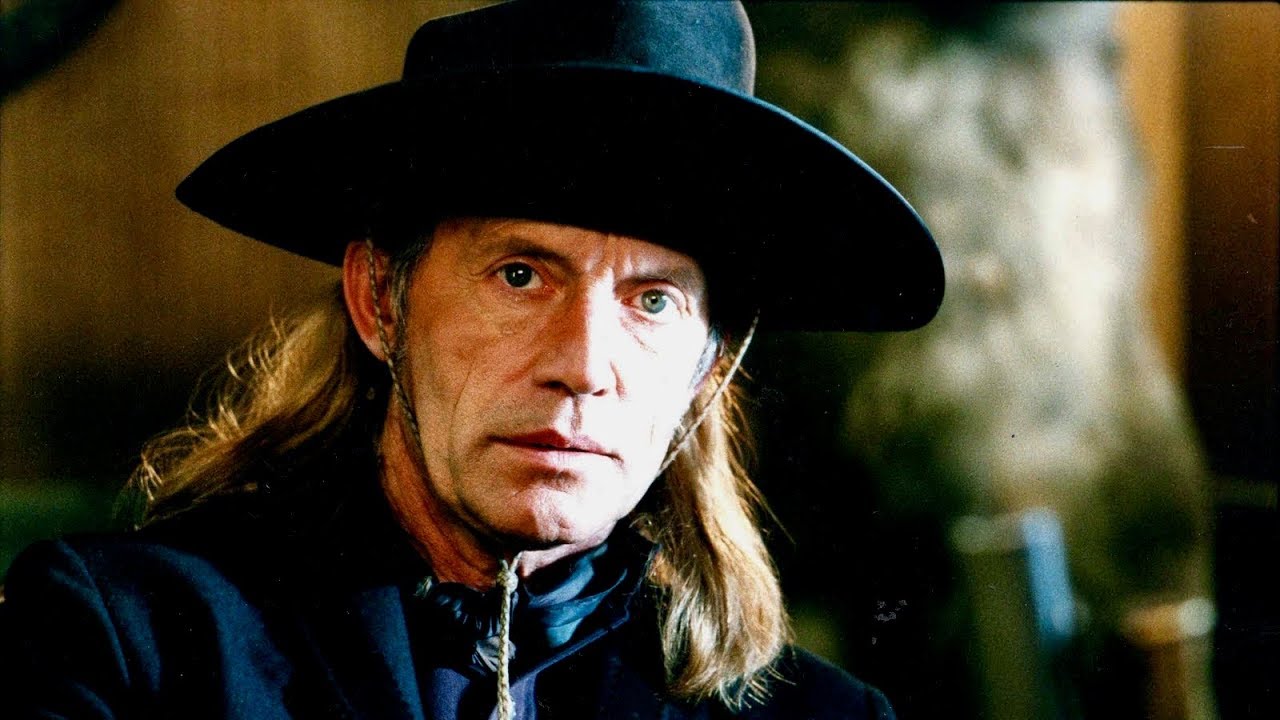
A lesser-known indie feature, Dust (also released as Gunfighter) plays like a ghost story set in the heart of the frontier. It’s minimalist, meditative, and hypnotic in its pacing, making for rather cracking viewing.
The central figure is a mysterious gunslinger haunted by the violence he’s enacted. The landscape is scorched and empty, feeling almost post-apocalyptic. This is the Western stripped bare: no towns, no dances, just wide plains and simmering atmospheric justice.
The cinematography leans into its atmosphere, with wide, lingering shots and long silences. It won’t be for everyone—it’s more arthouse than action, and it’s a far more interesting film than it’s given credit for.
There’s almost a dream logic at work here, as if the film unfolds in the afterlife of several dead Westerns. You don’t watch it so much as absorb it. It’s not quite Dead Man (1995) and it’s not quite The Proposition (2005), but it exists in a bizarre haunting cinematic limbo, living in the silence between gunshots.
It’s not for everyone, but for those who are willing to give it the time, it’s a striking piece of outsider cinema.
9. The Hi-Lo Country (1999)
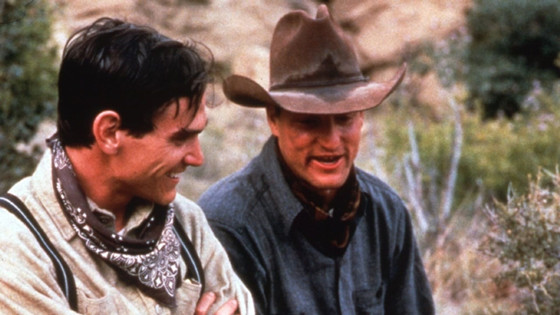
Directed by Stephen Frears and produced by Martin Scorsese, The Hi-Lo Country is a handsome, melancholic Western about two cowboy friends navigating the post-WWII modernisation of the American West.
Billy Crudup and Woody Harrelson play the leads, and their chemistry drives the film, with Patricia Arquette rounding out the triangle; the drama simmers with old-fashioned fatalism. What gives it an edge is its setting—this isn’t the mythic West but one on the cusp of disappearing completely.
Trucks are slowly replacing horses, corporations are swallowing up the land, and men like Crudup and Harrelson are being pushed out. There’s an elegiac tone throughout, it’s beautifully shot and emotionally rich, and still gets a hard time for it.
Frears, a British director not normally associated with the genre, brings a sense of outsider detachment to the material, which works surprisingly well; focusing on the characters themselves, as much as the impressive action.
10. The Jack Bull (1999)
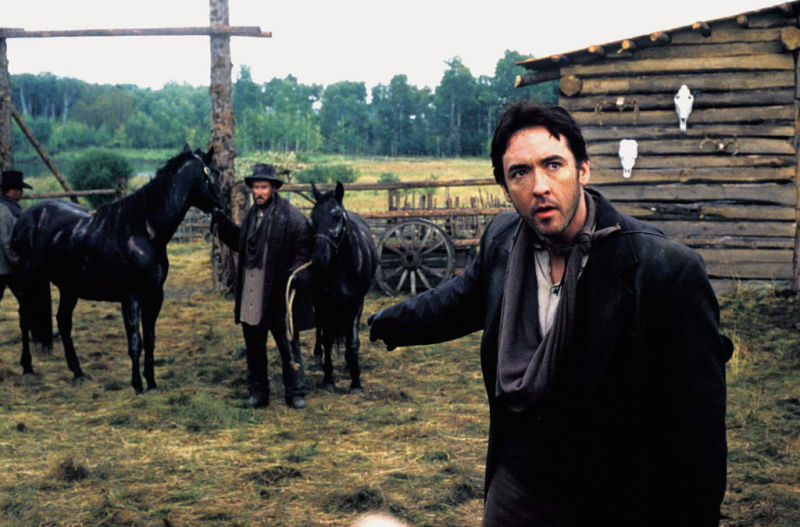
This HBO Western, starring John Cusack, has long been forgotten about. It begins with a simple premise—an honourable horse trader wronged by a wealthy landowner—and slowly transforms into a searing indictment of injustice, class, and failed institutions.
As Cusack’s character seeks justice, the lines between law and vengeance blur. L.Q. Jones and John Goodman provide strong support, but it’s Cusack’s character arc that’s most impressive here—and the way that he implements it. Cusack, who certainly isn’t associated with the genre, is quietly superb, a moralist slowly driven to the edge, with his righteousness slowly curdling into something darker and more obsessive.
John Badham’s film is steeped in moral tension, and The Jack Bull offers the kind of frontier story that lingers long after its last shot. Not a story of good versus evil, but of ethics buckling under pressure, certainly an idea that’s far from original, but in this case it’s widely, and sadly, unseen.